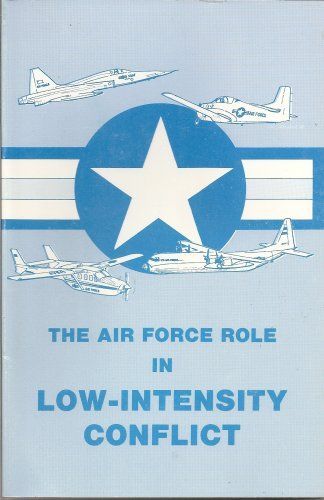
The Air Force Role in Low-Intensity Conflict
This book grew from an opportunity to study a third world air force fighting an externally supported insurgency. The players were the Royal Moroccan Air Force and the Polisario, the latter trying to wrest control of the Western Sahara from the Kingdom of Morocco. The United States has also been a player in the Morocco-Polisario war as the source of much of Morocco's war material, especially the weapons used by the Royal Moroccan Air Force. Help from the United States was especially important when the Polisario deployed Soviet-built SA-6 surface-to-air missiles to counter the growing effectiveness of the Royal Moroccan Air Force. For many reasons, the United Siates and the US Air Force were not able to assist the Moroccans effectively. The Morocco-Polisario-US scenario that provides the basis for this study was a tiny aspect of US foreign and military policy in the early 198Os. But it shows a political-military problem that deserves a good deal of thought now. That problem simply stated is: How is the United States going to exert political- military influence in the third world during the next twenty years? Clearly, overall US influence in the third world will be a combination of political, military, economic, and social activity. But the military, in many cases, will be the most visible form of assistance, and one upon which the recipient nation will depend for immediate results. Are the military components as instruments of national policy able to act effectively in the third world? If not, what needs to be done?